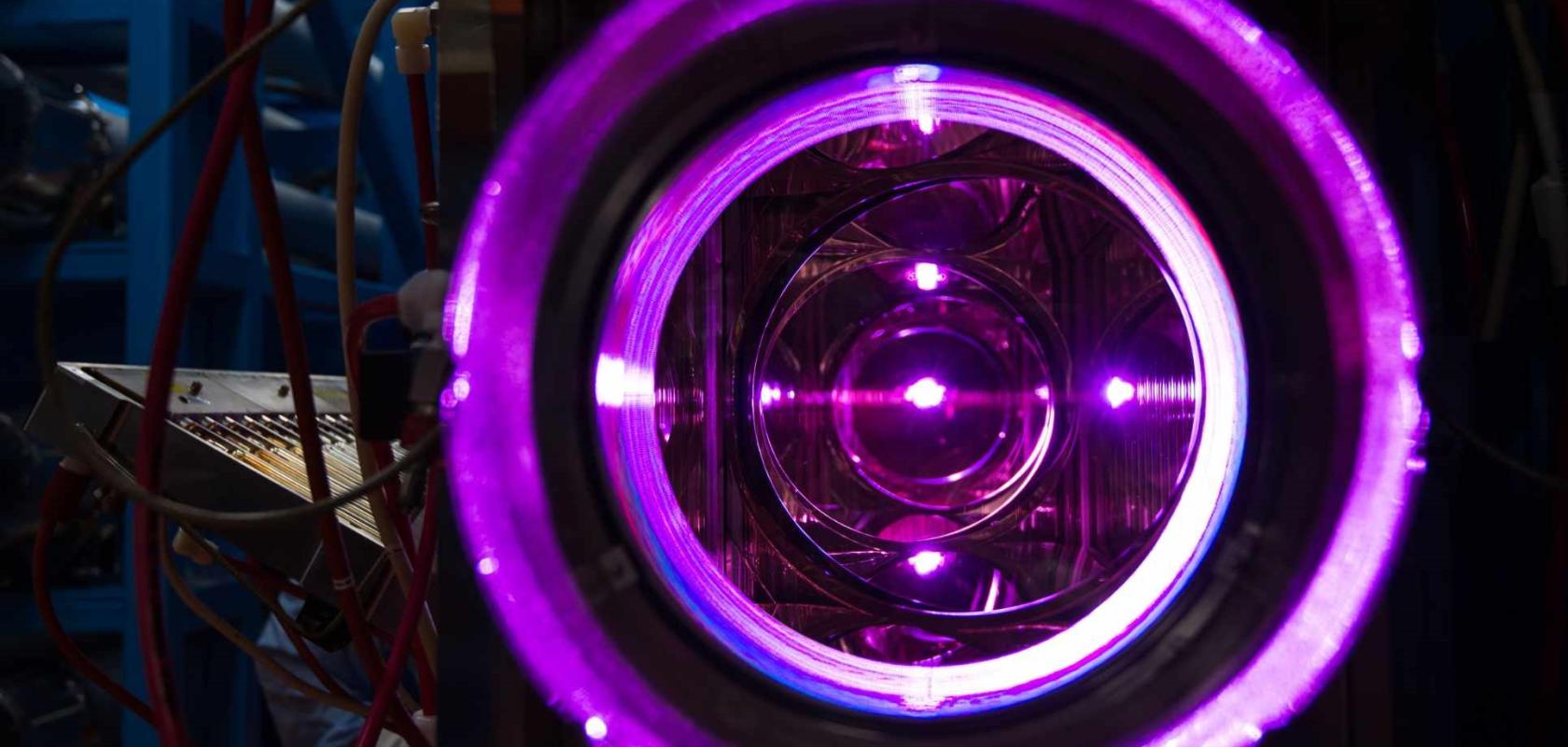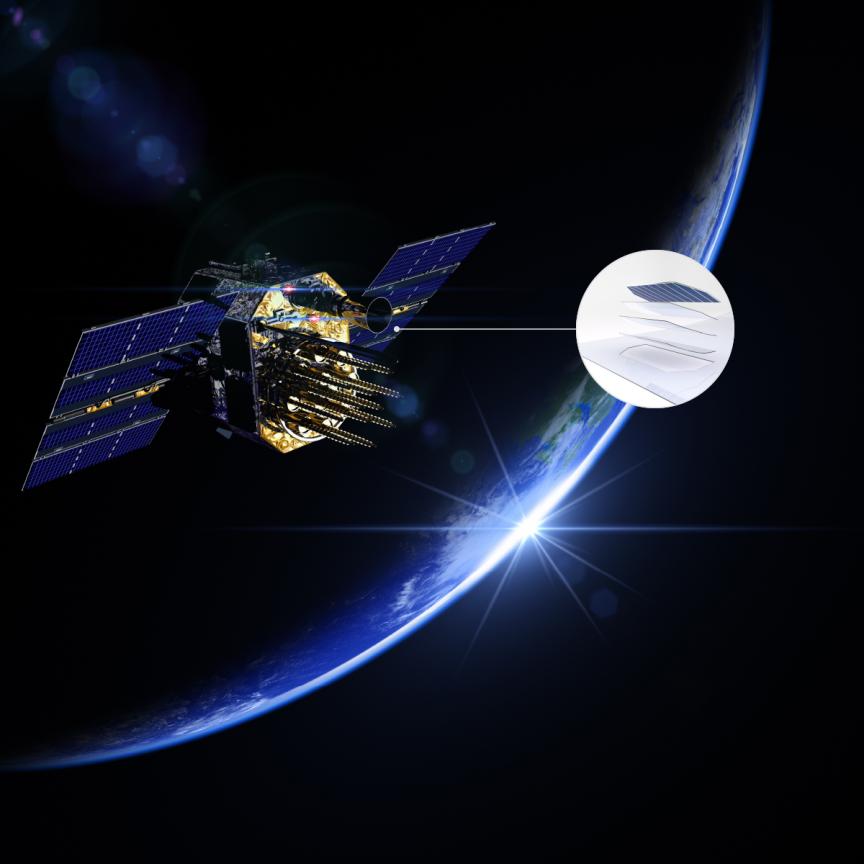A laser-based experiment has revealed a way to affordably mass-produce fusion energy, holding promise for the creation of fusion power plants in future.
The method – called dynamic shell formation – has been demonstrated by researchers at the University of Rochester’s Laboratory for Laser Energetics (LLE) and detailed in Physical Review Letters.
Dynamic shell formation is an alternative approach to nuclear fusion. Rather than freezing a small amount of hydrogen fuel (deuterium and tritium) into a spherical shell and heating it with lasers to high pressures and temperatures to initiate fusion, the fuel is instead injected into a foam capsule and hit by laser pulses. This method causes the capsule to turn into a spherical shell, implode, and then undergo fusion ignition.
“This experiment has demonstrated the feasibility of an innovative target concept suitable for affordable, mass production for inertial fusion energy,” says Igor Igumenshchev, a senior scientist at LLE.
The 'conventional' fusion approach, the University of Rochester says, releases an enormous amount of energy which, while having the potential to drive a carbon-free power plant, requires nearly a million targets per day – a costly and difficult reality.
Dynamic shell formation, however, is cheaper and easier to conduct, as it uses liquid targets – avoiding the costs of cryogenic layering used in conventional methods.
To demonstrate the method, the team used LLE’s Omega laser to shape a sphere of plastic foam that had the same density as deuterium-tritium liquid fuel into a shell, demonstrating a critical step in the dynamic shell concept.
“Combining this target concept with a highly efficient laser system that is currently under development at LLE will provide a very attractive path to fusion energy,” Igumenshchev says.
Although scientists achieved ignition in December 2022 at the National Ignition Facility at Lawrence Livermore National Laboratory, hurdles remain in bringing fusion energy to the masses, the university says. It adds that to generate fusion using dynamic shell formation, future research will require lasers with longer and more energetic pulses.


